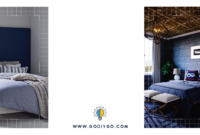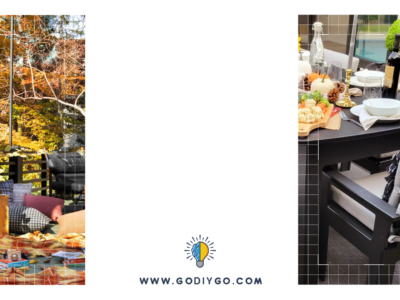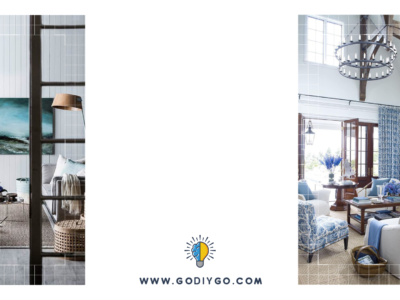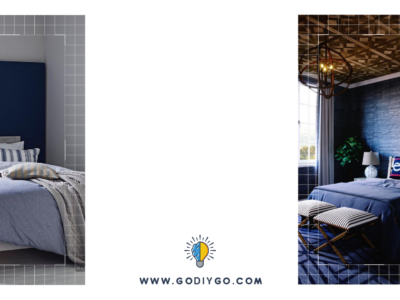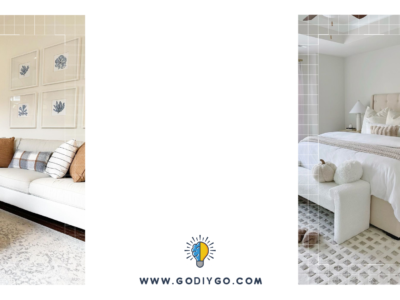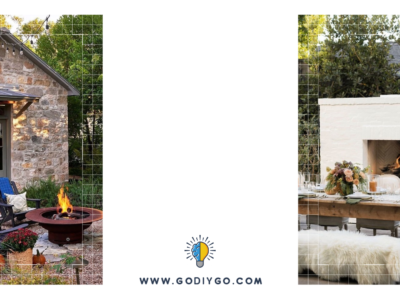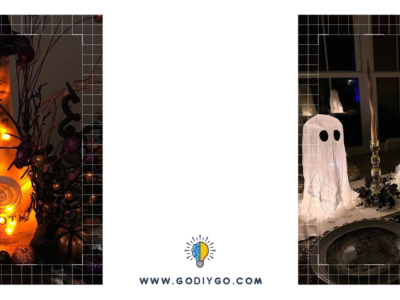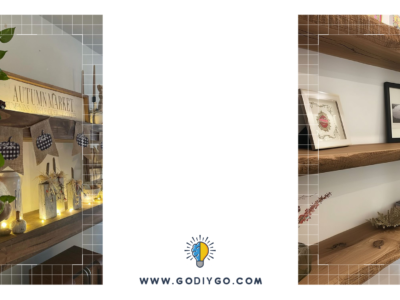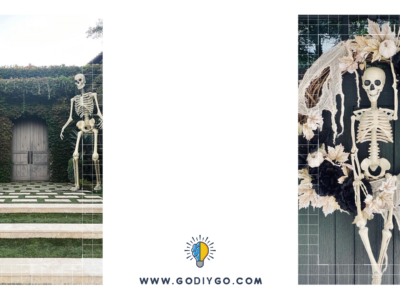If you’re thinking of building a house, whether it’s your primary home or just as an investment property, now is the time to plan and design. Here are seven important aspects to consider that will help ensure that what you build will look great and be functional for years to come. With construction costs continuing to rise, now is the perfect time for anyone thinking of building a house to get started.

Planning Is Everything
Many people rush into the process of design and construction with little or no planning, and then they wonder why things didn’t turn out as expected. If you stop and think about it before rushing in, though, you’ll save yourself a lot of money and hassles in designing your dream home. Before anything else, set goals for what you want in your new house so that you know what to aim for throughout the process — whether you’re doing everything yourself or working with professionals. There are always ideas online that you can show to your architects. The folks at www.novushomes.com.au believe that- If you can dream it, they can build it. Nothing is too much, there are simply so many designs that you can find and take inspiration from, as well as professionals that can make those dreams come true.
Once your goals are established, consider who will be living there almost every day — if it’s just family members, this might not even be relevant — and who will be visiting on less frequent occasions. Take into account all of your preferences in terms of the look, size, layout, location, etc., and then prioritize them in order to avoid pricey changes later. For example, if you want an immaculate yard but don’t care so much about fancy bedrooms, it’s important for landscapers to know what’s most important, so they can do their work accordingly.
Create a list of must-have features so that you can convey this information to professionals or workers who might need it. You should also take into consideration your immediate family members’ needs when planning your home design. Who uses which room? Where does everyone sleep at night? Is anyone sharing a room? Is there enough space in the kitchen to prepare a meal, and is there enough room for a dining table? Again, sitting down with a pen and paper and simply writing out your thoughts will help to ensure that you don’t forget anything.
Here are 7 house design house tips you will need when building a house:
1. Make a floor plan
A floor plan can help you visualize your home before it’s built. Some things to consider when making a floor plan are the island in the kitchen, the location of appliances, and how many bathrooms or bedrooms you will need.
2. Think about bedrooms and bathrooms
Do you have a big family? Do you host a lot of guests? These questions should help you decide how many bedrooms and bathrooms your house will need.
3. Choose the finishes
Consider what finishes you want in your house, such as blinds or curtains, hardwood floors or rugs, tile, carpeting, etc. Different finishes will affect the overall design of your home. Consider your preferences and what you can afford when choosing different finishes for your home.
4. Choosing a style for your rooms
Pick a motif that best fits the rooms’ use and mood of occupants at different times of day — choose calming/soothing colors for rooms used in the morning when people wake up and are still sleepy; use relaxing colors for nighttime when it’s time to rest; add vibrant colors to living or dining areas where family watch TV together after dinner.
5. Consider an open-concept design
Open-concept homes are catching on because you are able to see the entire house from any point. Separate rooms, on the other hand, offer more privacy. Consider these options when building your new home!
6. Ensure the design of your house is efficient for the climate in which you live
Different climates call for different house designs. For example, if you live in a hotter climate, consider air-conditioning and elevating the structure of your home to protect it from heat. If you live in a colder climate, think about insulation and making sure that your roof is properly insulated or painted white to reflect heat.
7. Always choose quality materials over cheap ones!
Cheap materials are not only less durable, but they can also be dangerous. For example, cheaply made drywall may crumble after a few years and expose the wiring inside. Always do your research about different types of materials to ensure that you are getting what you pay for!
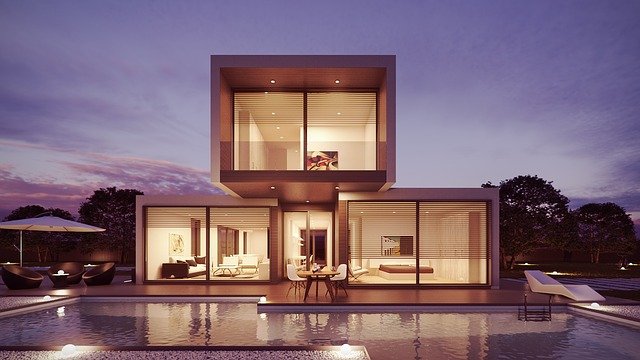
When it comes to choosing a house style, there are many factors involved including a budget, style preference, local building codes, and personal taste. Explore magazines and websites featuring homes to get ideas on what styles appeal to you while staying within your project parameters like size, the number of bedrooms and bathrooms, etc.




